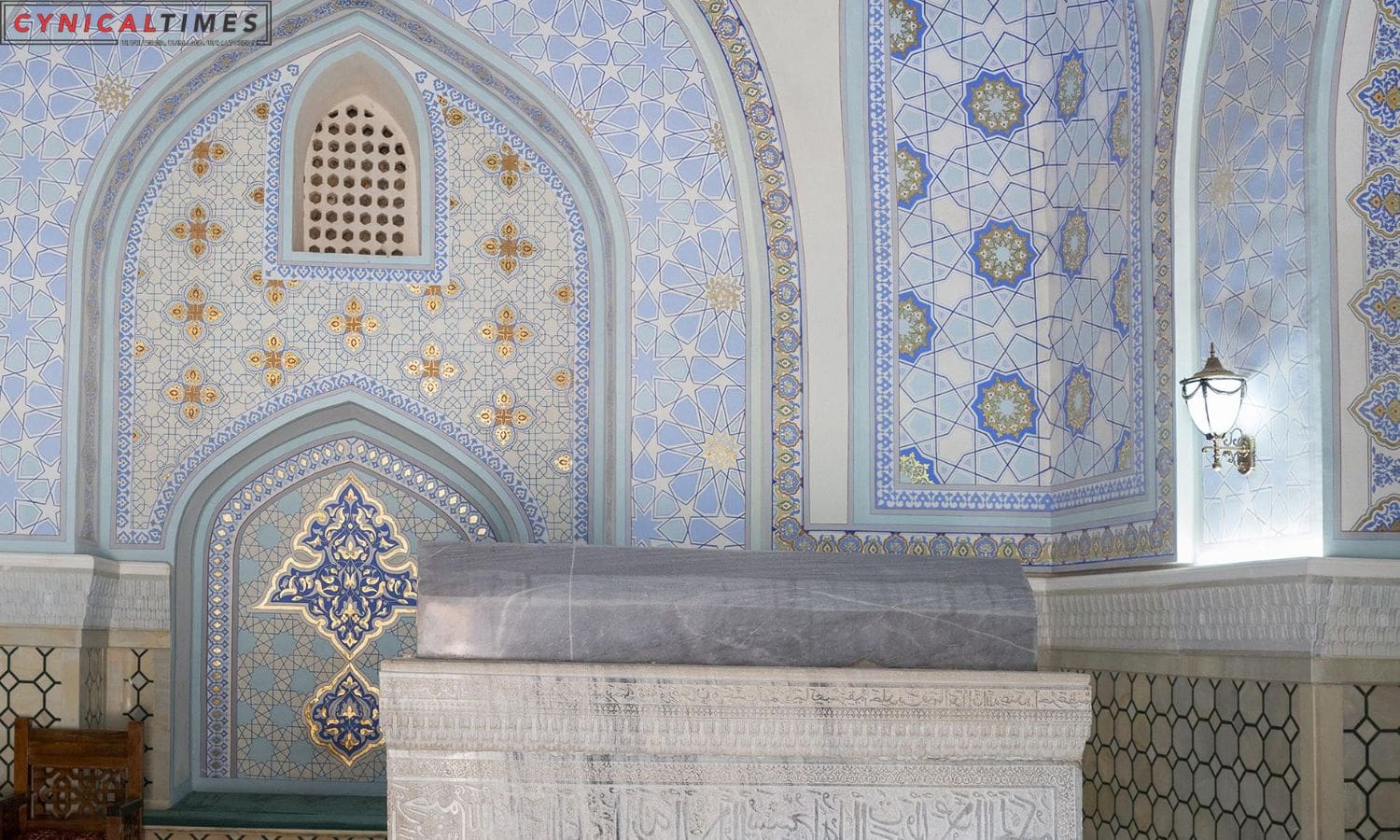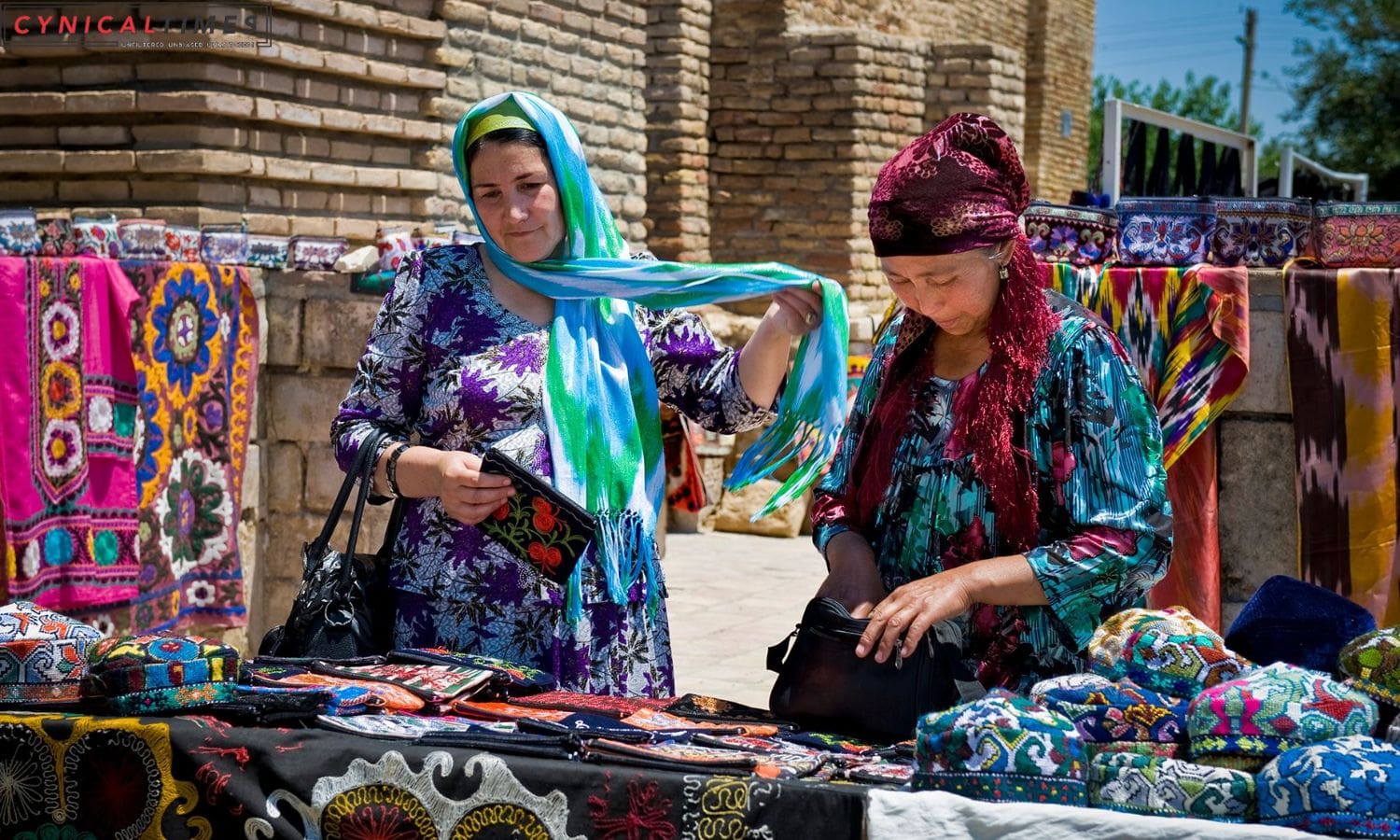Shakhrisabz Unveiling the Timurid Legacy: As you wrestle with the name “Shakhrisabz,” its guttural ‘kh’ starts to feel like magic. Meaning “green” in Persian, this historic city of around 100,000, nestled 55 miles south of Samarkand, holds the roots of Uzbekistan’s history.
Meet Fairouz, a language teacher and Shakhrisabz guide, who proudly claims, “This is where our history began.” It all traces back to Amir Timur, born in 1336 on the outskirts of this enchanting city.
The journey from Samarkand is an adventure across the Takhta Karacha Pass, a winding road reaching 5,400 feet, surrounded by vineyards and cotton fields. Traditionally, travelers pick up kurt—a travel snack with a taste of history—hardened cheese balls from the Silk Road era.
Once over the pass, with the lush green valley beneath, indulge in shashlik meat skewers at restaurants with panoramic views.


Also Read: Architectural Harmony Protecting Migratory Birds in Urban Skies
Shakhrisabz, a UNESCO World Heritage Site, flaunts architectural wonders, remnants of the awe-inspiring Ak-Saray Palace—a testament to the Timurid era’s architectural brilliance.
Fairouz, our guide, explains, “Timur’s greatest achievement took 24 years to complete.” The palace’s entrance portal, 38 meters high, adorned in delicate tiling, led into a vast palace befitting the ruler. Today, its ruins stand magnificently, a stark contrast to meticulously maintained monuments elsewhere in Uzbekistan.
A modern statue of Timur overlooks the park, part of a trilogy celebrating the founder. A short distance away lies the Kok-Gumbaz Mosque and the Dorut Tilovat complex, showcasing the city’s rich history.
Beyond history, local women quilt traditional items in handicraft shops, and the Art Gallery of Aziz Akhmedov offers a blend of modern and traditional art—a unique coffee stop in a predominantly tea-drinking land.
Shakhrisabz may be small, but as the birthplace of Timur, it resonates with rich historical and cultural significance. Join us on this journey through grandiose mountain views, Timurid allure, and the Silk Road’s timeless charm.

